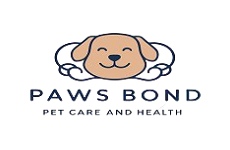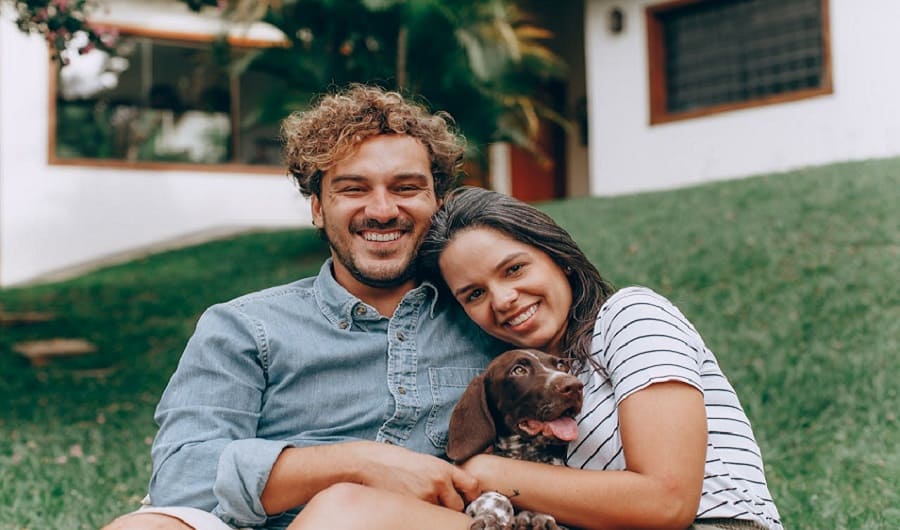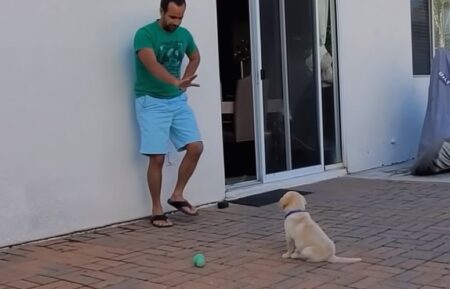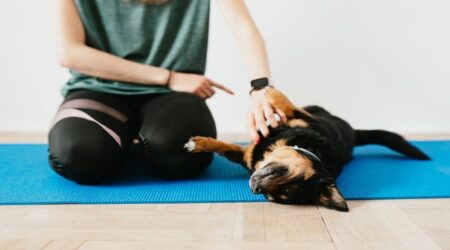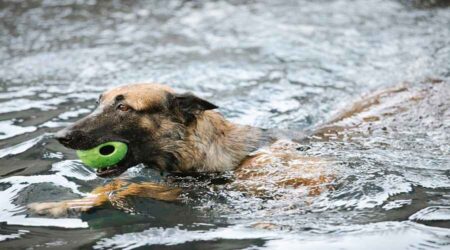Dogs are renowned for having a wide range of habits and distinct tastes. One frequent trait that is seen in certain dogs is their love of being held like a baby. Pet owners may find this behavior charming or perplexing, leaving them to wonder: Why does my dog prefer to be handled like a baby? Knowing the causes of this behavior can help us better understand the emotional and psychological requirements of our dog friends. Like people, dogs too require affection, security, and comfort, and these needs can be met by holding them in a tender and caring way. Furthermore, a dog’s link with its owner is strengthened when it feels safe and trusted, as when the dog is held in the owner’s arms. However, different dogs may have different desires to be handled like babies.
Understanding Dog Body Language
It’s essential to comprehend dog body language in order to communicate effectively and create a lasting relationship with your pet. Dogs communicate their feelings and intentions through a variety of cues, including body posture, tail movement, ear position, and facial expressions. You may better understand how your dog is feeling and respond to him or her by being aware of these indications. For instance, flattened ears may convey fear or submission, yet a wagging tail may convey excitement or happiness. You may improve communication with your dog, avoid miscommunications, and make sure they feel comfortable and understood in their surroundings by appropriately reading their body language.
Dog Breeds Known for Enjoying Being Held
Certain dog breeds are renowned for their warmth and love of being held. Many breeds, including Pomeranians, Maltese, Bichon Fries, Cavalier King Charles Spaniels, and Chihuahuas, are lap dogs because they like to be physically near to their people. These breeds are more prone to seek out cuddles and snuggles because they usually have soft temperaments and like human company. But keep in mind that every dog, regardless of breed, may have different preferences when it comes to physical love, so you really need to learn to read your dog’s body language and respect their boundaries.
Reasons Why Your Dog Enjoys Being Held Like a Baby
Comfort and Security: Your dog feels comfortable and secure when you hold them like a newborn, reminding them of their early years spent with their mother.
Bond Strengthening: Cradling strengthens the link between you and your dog by fostering intimacy and trust.
Physical Relief: Keeping your dog close can provide physical comfort or relaxation, especially after a long day or in stressful situations.
Affection and Attention: Cradling your dog satisfies their social and emotional requirements by allowing them to experience your love and attention.
Enjoyment: Some dogs just find it reassuring and enjoyable to feel the warmth and physical contact of being held close.
Seeking Attention
Dogs often like being handled like babies because it gives them attention. Dogs express their need for affection and engagement with their owners by pursuing physical proximity. They feel reassured and connected when they are held, which satisfies their need for bonding and company. Furthermore, being held and getting their owner’s full attention rewards them for good conduct. Dogs can exhibit a variety of behaviors to get attention, and when they are held close, they feel safe and cherished, which deepens their relationship with their human friends.
Recognizing Separation Anxiety and Its Impact
It’s critical to identify separation anxiety in your dog since it can negatively affect their wellbeing. When left alone, dogs suffering from separation anxiety may engage in destructive chewing, excessive barking, or house soiling. These actions may cause your dog tension and suffering in addition to possibly causing harm to your house or possessions. Understanding the telltale indications of separation anxiety enables you to provide your dog the proper care and assistance to make them feel more at ease and secure when left alone, eventually enhancing their quality of life and minimizing their suffering.
Signs Your Dog Could Be Experiencing Separation Anxiety
Excessive Barking or Howling: When left alone, your dog may bark or howl excessively.
Destructive Behavior: They might gnaw on carpets, damage doors, and chew furniture.
Pacing or Restlessness: Your dog can seem restless and unwilling to calm down.
House Soiling: Even if housebroken, they could still urinate or defecate indoors..
Escape Attempts: Your dog can attempt to break through hurdles or get out of its cage.
Excessive Greeting: They might exhibit intense excitement when you get back.
Shadowing Behavior: When you’re at home, your dog might follow you around a lot.
Displaying Affection
Showing Affection: Your dog may express his or her love for you by clinging to you like a baby. Dogs are gregarious creatures who benefit from intimate physical contact and strong bonds with their owners. Cradling gives them a chance to show their love and affection, which deepens the bond between you and your animal companion. Dogs can also seek attention by other behaviors like cuddling, licking, or leaning; all of these actions help to establish a solid and loving bond between you and your pet.
Adapting to Changes in Environment or Routine
Adjusting to Modifications in the Circumstance or Habit: Your dog’s capacity to adapt to changes in their environment or daily routine may be the reason why they want to be cuddled like babies. Dogs are creatures of habit, but with their owners’ comfort and support, they may also adjust to new situations or routines. They feel stable and secure when they are held, which makes it simpler for them to cope with changes in their daily routine or strange circumstances. Cradling your dog can make them feel secure and comforted, which can aid in their adjustment to changes and improve their general wellbeing
Responding to Fear
When your dog is afraid or worried, he may find comfort and security in being held like a baby. Like people, dogs can become fearful of a variety of stimuli or circumstances, including loud noises, strange places, or interactions with other animals. They receive physical comfort and security from being cradled, which helps to reduce their anxiety and tension. You may assist your dog feel safer and more confident by giving them supportive cuddles and consoling gestures in response to their fear, which will ultimately strengthen your bond with your furry friend.
Seeking Comfort and Protection
Seeking Protection and Comfort: Because it gives them a sense of security and comfort, dogs may love being carried like babies. Cradled in your arms, your dog can feel secure and comforted, much like puppies seek warmth and protection from their mothers. When things are unclear or stressful, like during thunderstorms or pyrotechnics, this physical proximity gives them a sense of security. Furthermore, holding your dog close to you fosters a stronger link and builds trust, which increases your dog’s sense of security and comfort.
Is Encouraging This Behavior Acceptable?
As long as it’s done gently and with care, you can encourage your dog to appreciate being held like a baby. Certain dogs may find solace in being cradled because they are naturally drawn to intimate physical touch. But it’s important to take your dog’s boundaries and preferences into account. It’s important to respect your dog’s feelings and refrain from coercing them into performing a behavior if they seem uncomfortable or exhibit distress when being carried. Your dog’s comfort and welfare should always come first.
Conclusion
You and your dog can develop a stronger link if you can appreciate why your dog likes to be carried like a baby. Dogs may feel security and comfort in intimate physical contact with their owners, whether they are doing it to show affection, find comfort, or seek protection. Respecting your dog’s boundaries and preferences is important, even though it can help your bond. Your dog can feel safe, appreciated, and valued in a nurturing environment that you establish by being patient and sensitive to their needs. In the end, developing a close bond with your dog improves the pleasure of friendship and enriches your life together.
